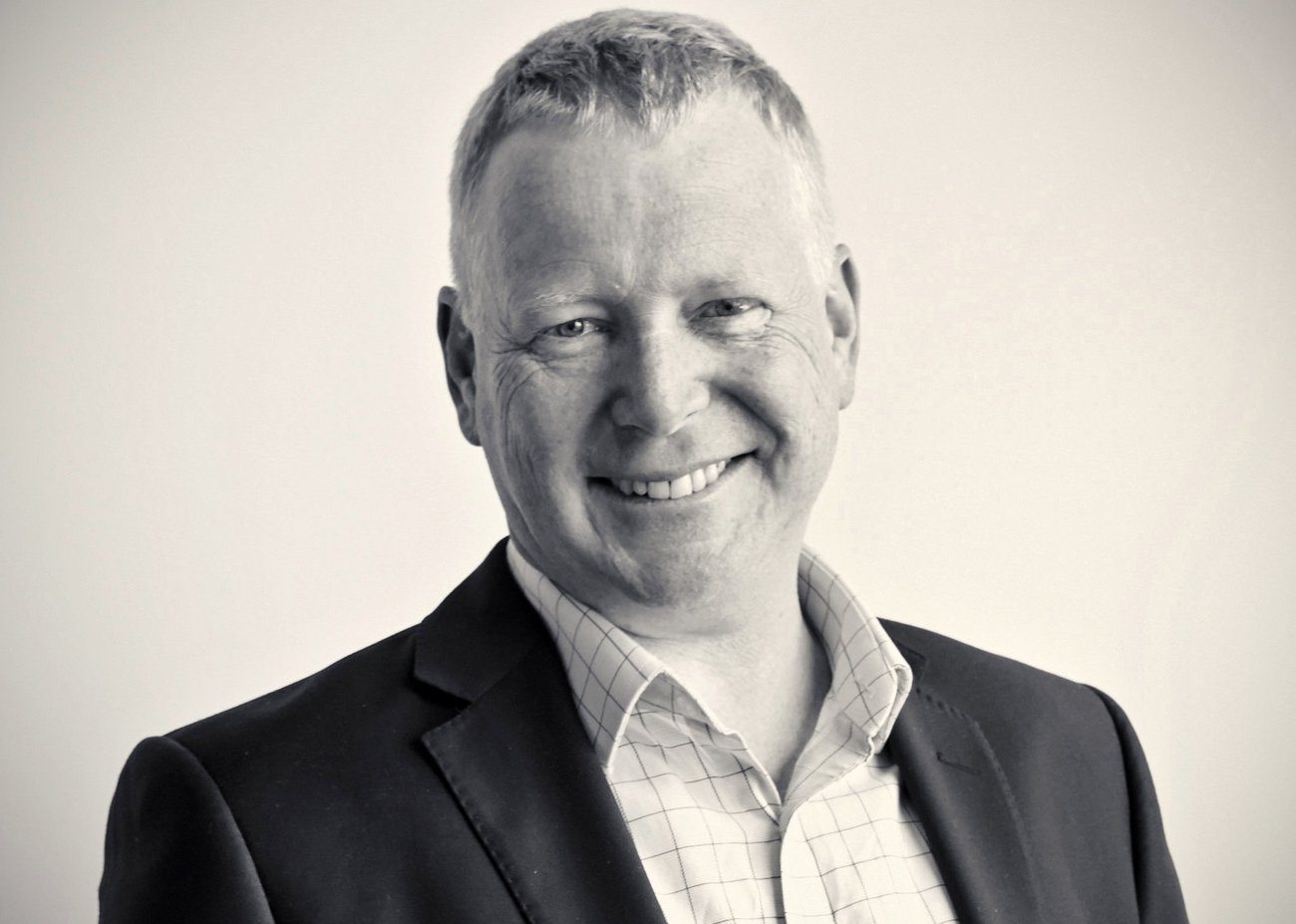These are a few of my favourite things: Context Architects’ Stephen Voyle

What’s your favourite…
Brand identity?
Context Architect’s new one – watch this space! We’re working with Milk on a brand evolution that reflects how far we’ve come and where we’re going.
Building?
I love the Palacio Kursaal by Rafael Moneo in San Sebastian, Spain. It’s a beautiful beacon set on the beach. Unbelievably simple, yet it still reflects some of the rigour and formality of the older, more ornate buildings around it.

Object?
The 70’s classic, the Rubik’s cube. It’s challenging, yet is so very simple at the same time.
Designer?
British-born Australian architect Glen Murcott. His motto to touch the earth lightly and his context or place led approach resonate with me and how we work at Context.
Use of design to change behaviour?
New technologies such as virtual and augmented reality are transforming the way we design and are making architecture more egalitarian by bringing clients closer into the design process. It enables us to be bolder in the virtual world and test ideas at a 1:1 scale before making a real-world commitment.
Inspiring design-related book/podcast/TV show/website/magazine/story?
We’re liking the Idealog design issue right now! [Editor’s note: We promise no bribes were exchanged for this shout out.]
Design project you’ve had a hand in?
A couple of unbuilt concepts for reinvigorating Christchurch and the Wynyard Quarter in Auckland – they pushed us beyond what we’d achieved before and were the catalyst for much larger scale projects. We forged important relationships, ways of working and self belief through them.
Design project that isn’t yours, but you’re envious of?
Wellington Futuna Chapel by architect John Scott and artist Jim Allen is special. Simple, wholesome Aotearoan in spirit and form, it’s perfectly formed. When the light moves through it and it draws the sunlight into itself, it’s as close as you’ll get to a perfect place of contemplation.

What first drew you to design?
In my early twenties, I worked on a farm in return for bed and board. We regularly had to create something from nothing. One day I was asked to design and build a hay shed. I had no idea how, having never done anything like that before, but I managed it. I worked out all the details, including how to use old telephone poles we had lying around and water-filled hoses to check for correct levels. I used the 3-4-5 triangle theorem for square and true corners.
Based on that experience, I trained as a draughtsperson, and when I lost my job in the ‘87 crash, it gave me the impetus to retrain as an architect.
Where does inspiration come from for you?
Everywhere, but in particular people. Who they are, how they think and act. What motivates them…
Do you have a design ethos/motto you abide by in your work?
Everything we do is about people and place. We design for people and the specific location.
Do you have any creative side hustles going on outside of your line of work?
Not many people know this – I co-manage a farm and feedlot in Queensland. It’s the perfect contrast to my day job.
How has technology impacted on your work? How do you think it will impact on it in the future?
Virtual and augmented reality is the biggest impact in recent time. It will continue to change and evolve the way we do business and make the design process much more immersive for clients. We reckon we’ll start moving away from desktop computers in the office in the next few years.
Who are some of your design heroes?
Italian architect Renzo Piano and Charles and Ray Eames.

Best design-related advice you ever received?
Inhabit your work. Which is the experience we now give our clients in VR – they don’t need ten years of architect training be able to clearly visualise how 2D plans come to life in the real world.
What do you enjoy the most about working in this industry?
Seeing people inhabit your finished buildings, engaging with spaces and places.
How do you define New Zealand’s design culture?
Incredibly creative. We’re adept on taking at big challenges with smaller teams. Being remote and smaller gives us the freedom to think differently. Other larger regions tend to have more siloed design thinking.
How will design impact the future of work?
Technology will enable us to operate in smaller spaces, we’ll be agiler and able to come up with solutions far greater than we ever could before.




